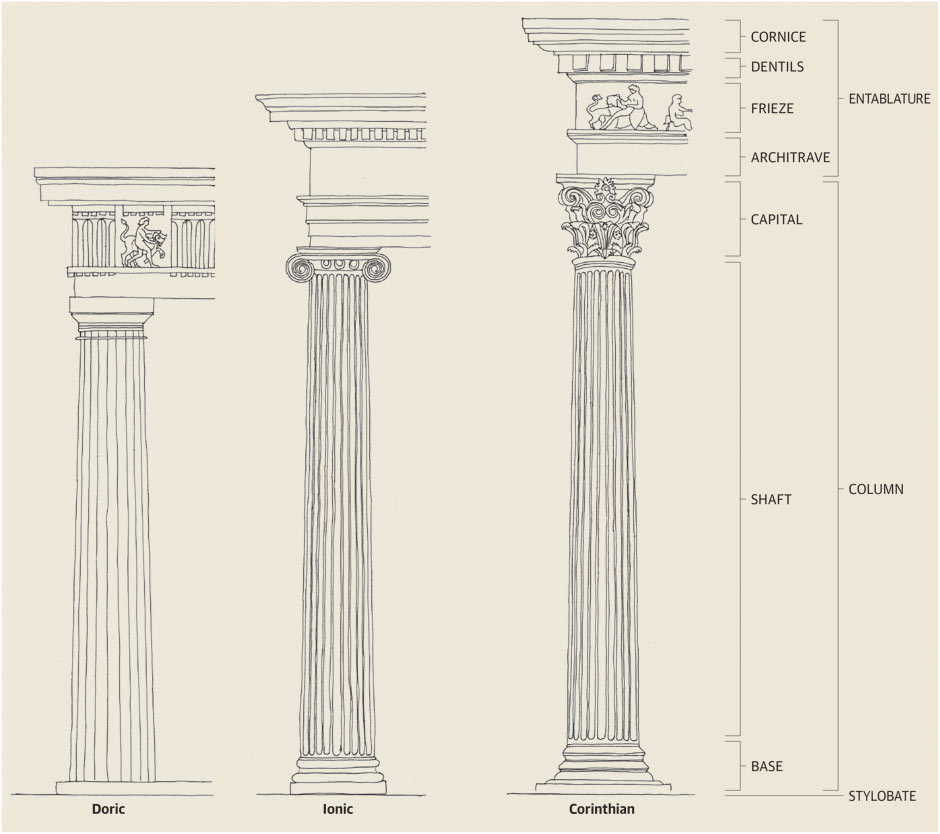I think classical pencil and drawer design yields different results from computer aided design by sheer force of technology.
A periodical style is the product as much of technology as of fashion. CAD may be a crayon, not lending itself to classical refineries. But this is not just a loss. CAD openes new avenues that hitherto could barely be dreamed of. You can click and drag an entire building design, the computer drawing out the result in front of you before your very eyes. It would take twenty clerks eighty years to calculate the load bearing of ten thousand crooked beams (say, of a Chinese olympic sports venue). Whereas a computer does it instantaneously. This means you can experiment. You can point, click and drag your design to amazing forms, to unbelievably bended and twisted shapes. This yields a unique architecture.
I should put a picture here of the Bilbao Guggenheim, but of course this forum deserves the baby of that one, the Disney concert hall in LA:
It's a unique product of CAD. It not only couldn't have been designed without it, it is also the organic result of what happens when you add spaces into a computer and play with their forms. Modern architects do not have less craftsmanship, they have a different one. What use is Vitrivius to them, or mediaeval masonry? They are trained in CAD design, play with this, experiment with this. And so create a style for our age. And, if it were up to me, unique for our age. To every age its art! Neo-Victorianism belongs to the theme park.







